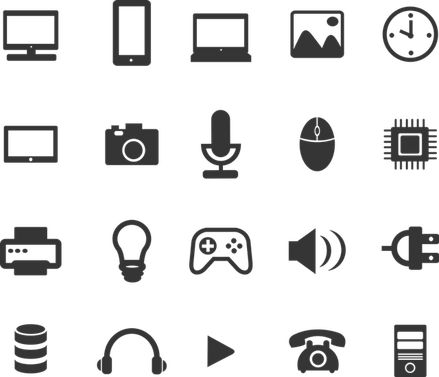The law governs the production, collection, storage, transit, import, and export of Electronic and Electrical Equipment (EEE). The goal is to ensure that electronic trash is recycled, treated, and disposed of in an environmentally friendly manner. A chapter of the legislation also deals with reducing the use of hazardous substances in the production of EEE.
Although both WEEE and RoHS are combined under one regulation, their enactment was not simultaneous. The WEEE section came into force first on May 1, 2012. The RoHS obligations started to apply on May 12, 2013. The transition period for achieving the restrictions set by the Rules ended two years following each date. Currently, the reduction of these hazardous substances in EEE is obligatory for all who fall within the scope.



